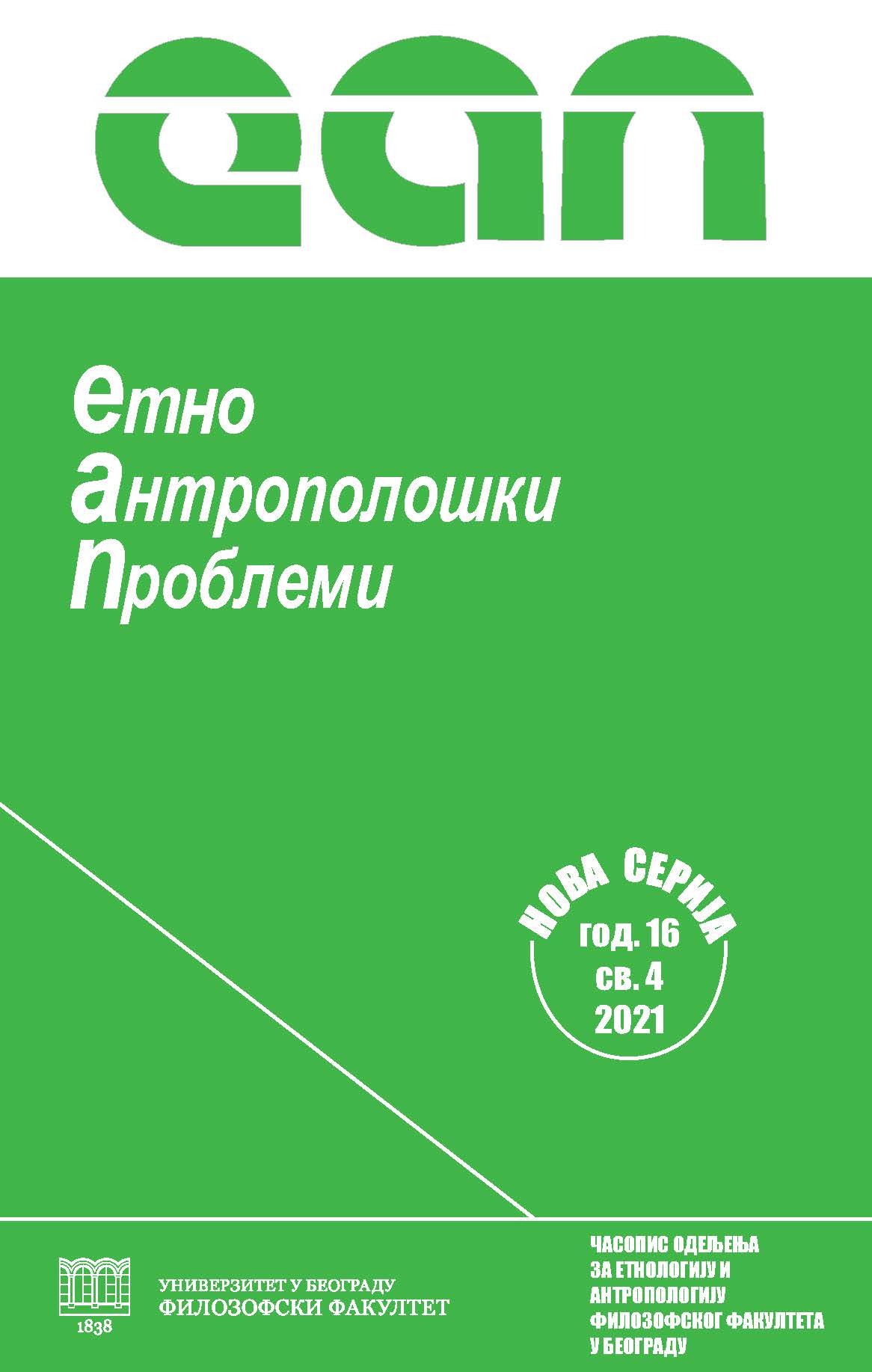Метамодернизам и језик: реклама у доба пандемије
Metamodernism and Language: Pandemic Era Advertising
Author(s): Marija Koprivica Lelićanin, Bojana Radenković ŠošićSubject(s): Marketing / Advertising
Published by: Филозофски факултет, Универзитет у Београду
Keywords: metamodernism; Italian language; advertising; semiotics; pandemic
Summary/Abstract: In cultural theory, metamodernism becomes a new cultural paradigm of the twenty-first century, epistemologically with (post) modernism, ontologically between (post) modernism, and historically beyond (post) modernism. It appears in the context of political changes following the fall of the Berlin Wall and the environment of digital progress, but also in periods of financial and ecological crises. Rather than simple “zeitgeist”, metamodernism as an arriving cultural paradigm is to be understood more as a “structure of feelings” or sentiment so pervasive that it becomes structural. Metamodernism is symbolically presented by the dual nature of God’s messenger Eros, who operates between the worlds of mortals and immortals. Another metaphor to illustrate metamodernism is a pendulum that constantly fluctuates between opposites such as modern hope and postmodern melancholy, empathy and apathy or enthusiasm and irony. This paper examines Italian advertisements during the largest contemporary health crisis, the SARS-CoV-2 virus outbreak. The semiotic textual analysis is performed on the audio-visual commercials of well known companies, such as Vodafone and Barilla. In addition to this, several print advertisements of a local company for funeral services Taffo are considered. Different metamodern characteristics are recognised in all examined texts. In already confirmed pandemic narratives (such as “the celebration of being Italian and patriotic solidarity”, “the juxtapositioning of the “inside” and the “outside”, and the “humanization of technology at the service of human affections and emotions''), now the metamodern characteristics, as a new structure of feeling that brings hope, continuous oscillations between contrasted polls and a certain quirkiness, are being identified. The most relevant morphosyntactic, lexical and semantic traits of the Italian language in pandemic advertising are being compared with the same language tools in postmodern Italian advertising. Finally, different stylistic and pragmatic, rhetorical and semiotic tools are being interpreted and analysed, defining more closely the unique characteristics of “metamodern” pandemic advertising.
Journal: Етноантрополошки проблеми
- Issue Year: 16/2021
- Issue No: 4
- Page Range: 1101-1122
- Page Count: 22
- Language: Serbian

